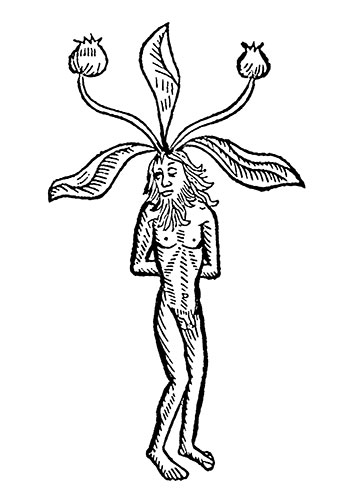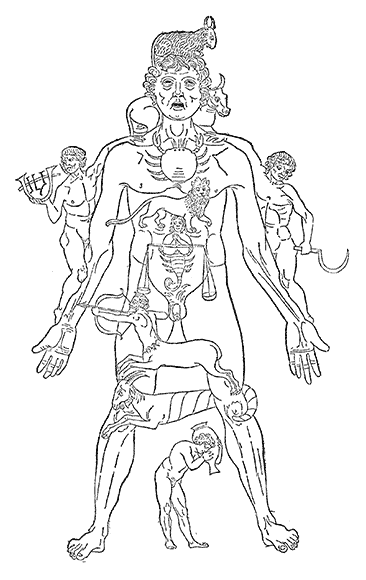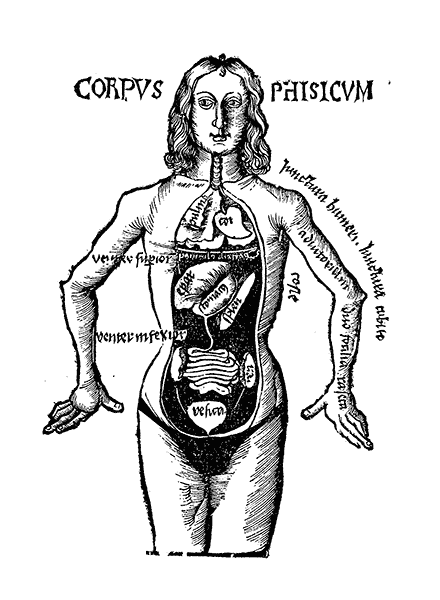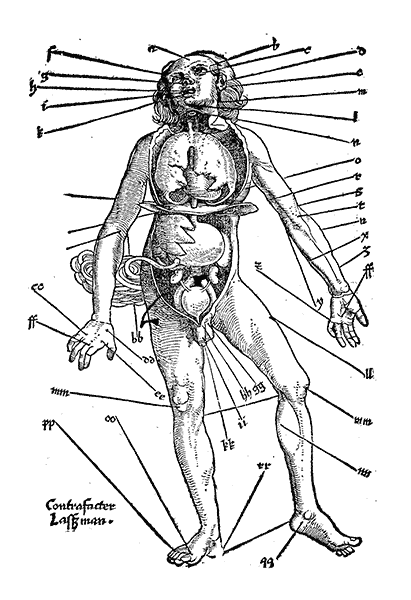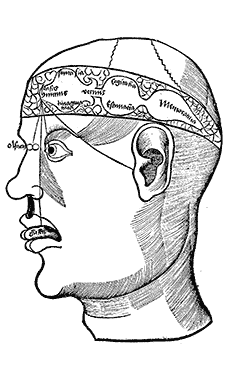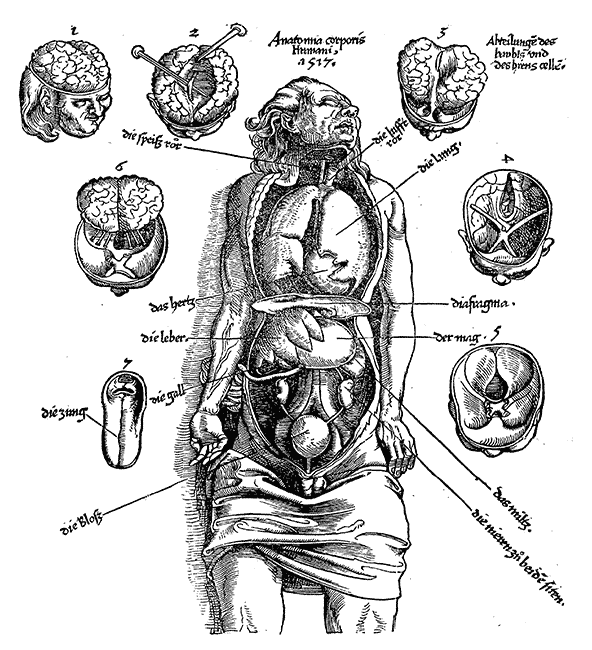2nd Lecture 2016 »Constitution of Intentionality«
The whole philosophical work of Merleau-Ponty (1908 – 1961), who was a French phenomenological philosopher, strongly influenced by Edmund Husserl and Martin Heidegger, referred to ‘motor intentionality’ and its impact at the philosophical understanding of our consciousness.
The constitution of intentionality in human experience was the main aspect of his work, in relation to the basic conditions of perception he also wrote on art and politics and was on the editorial board of Les Temps Modernes, the magazine created by Jean-Paul Sartre in 1945.
The constitution of intentionality in human experience is also a highly important aspect of today's philosophy, for example in the work of Sean Dorrance Kelly, who is an American philosopher and Chair of the Department of Philosophy at Harvard University. Kelly is constantly working on the nature of human experience and its various aspects of the philosophical, phenomenological, and cognitive neuro-scientific dimension (see: The Relevance of Phenomenology to the Philosophy of Language and Mind by Sean D. Kelly, Routledge, 2000)
In relation to the constitution of intentionality in human experience the most important aims of our research is to describe how the Linguistic Turn and the Perceptional Turn are interwoven, a description which can only be done with a inductive method of ascertaining the perception.
Drawing is such a method performed inductive on the common ground of what we call grammar (all kinds of grammar, the linguistic as well as the musical or the visual), on which every artistic, philosophical or scientific elaboration is based on.
The aim of our work on drawing is both creating art and with it, getting a deeper knowledge about our working on all kinds of Existential Notation which includes the knowledge about the conditions of making art and design and the use of these in our social reality.
Every Existential Notation is constructed by a structure of Formatives. The linguistic term Formative means the smallest meaningful element of perception which can only be perceived because our intentionality is focussed on it.
In the work of Merleau-Ponty there is a prevalent distinction between primary and secondary modes of expression which is directly related with intentionality.
This distinction appears in Phenomenology of Perception in terms of spoken and speaking language (le langage parlé et le langage parlant). Spoken language (le langage parlé), or secondary expression, returns to our linguistic baggage, to the cultural heritage that we have acquired, as well as the arbitrary grown relationship between signs and significations.
Speaking language (le langage parlant), or primary expression, such as it is, is language in the production of a sense, language at the advent of a thought, at the moment where it makes itself an advent of sense.
It is speaking language, that is to say, primary expression, that interests Merleau-Ponty and which keeps his attention through his treatment of the nature of production and the reception of expressions, a subject which also overlaps with an analysis of action, of intentionality, of perception, as well as the links between freedom and external conditions.
The notion of style occupies an important place in "Indirect Language and the Voices of Silence" (Signes, Paris, Gallimard, 1960).
Merleau-Ponty remarks that "style" is sometimes used in a highly subjective sense, understood as a projection of the artist's individuality.
Sometimes it is used, on the contrary, in a very metaphysical sense (in Merleau-Ponty's opinion, a mystical sense), in which style is connected with a conception of an "über-artist" expressing "the Spirit of Painting".
Finally, it sometimes is reduced to simply designating a categorization of an artistic school or movement.
For Merleau-Ponty style is first of all a demand which is owed to the primacy of perception which also implies taking into consideration the dimensions of historicity and intersubjectivity. In this sense style is born of the interaction between two or more fields of being. Rather than being exclusive to individual human consciousness, consciousness is born of the pre-conscious style of the world, of the nature of being.
